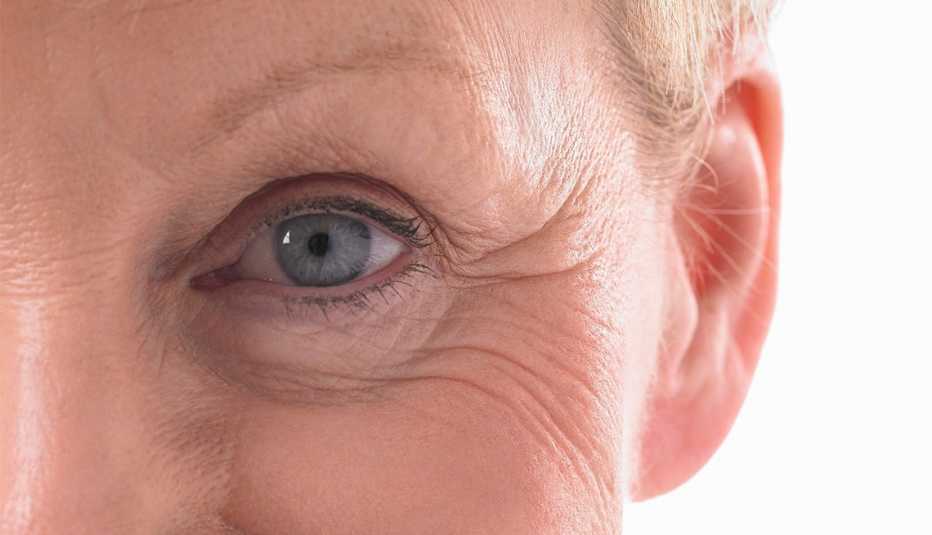AARP Hearing Center


A belly pooch can be deftly hidden with an untucked shirt or a baggy tee, and a box of hair color will whisk gray away in a matter of minutes. But some signs of aging are harder to conceal. Take our eyes, for example. The passage of time and sun damage can leave us with loose, saggy skin around our eyelids or under-eye baggage.
One solution: blepharoplasty. “Bleph,” as some call it for short, is an outpatient procedure that involves trimming excess tissue (that includes skin, muscle and fat) from around the eyelids. It can be performed by an ophthalmologist, oculoplastic surgeon, plastic surgeon, oral or maxillofacial surgeon, or ear, nose and throat surgeon.
Blepharoplasty is popular; according to the American Society for Aesthetic Plastic Surgery (ASAPS), it was one of the top five cosmetic procedures for men and women, with more than 115,000 performed in the U.S. during 2018.
Sometimes it's a purely cosmetic procedure, intended to create a more youthful appearance. Other times, it's done to improve eyesight. If extra skin weighs down the upper eyelid, it can droop low enough to impair the upper half of your vision. When the issue is under the eye, the surgeon may perform a lower blepharoplasty, removing or repositioning fat (and sometimes a little extra skin, as well) below the lower lid, around the eye socket.
"As you get older, fat pitches forward and bulges, and you get those airbags under the eyes,” says Andrea Tooley, M.D., an ophthalmology resident at the Mayo Clinic and clinical spokeswoman for the American Academy of Ophthalmology. Some patients may have surgery on both their upper and lower eyelids.
Here are a few things to consider before choosing the surgery.

































































More on health
Eye Center
Expert information on vision health including cataracts, glaucoma and moreHow Sunglasses Can Protect Your Eyes
They're cool-looking — but crucial to avoiding long-term damage from UV rays